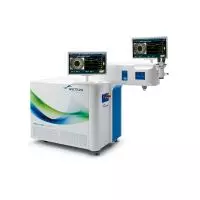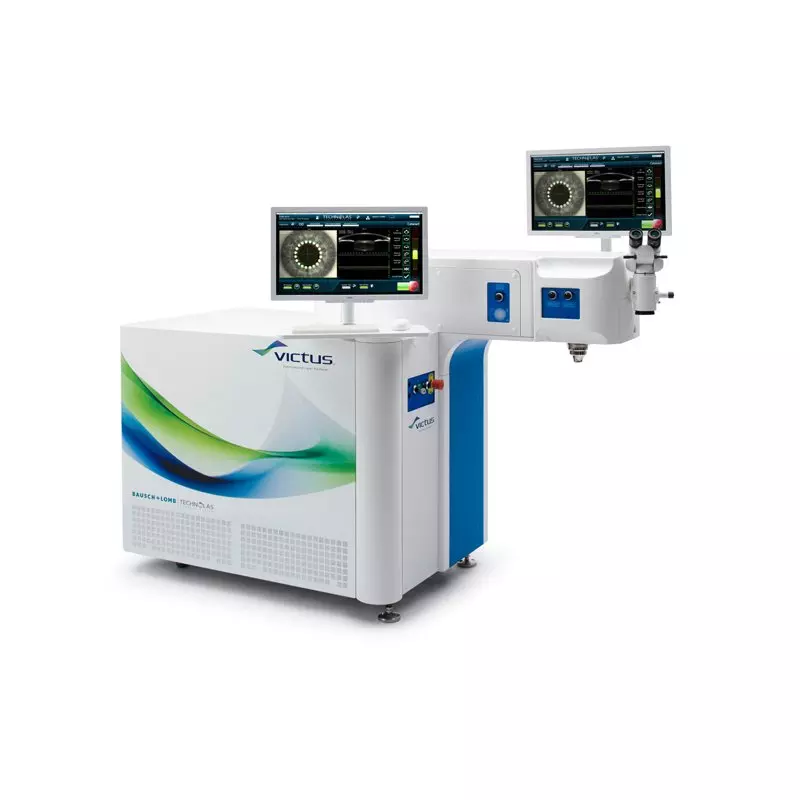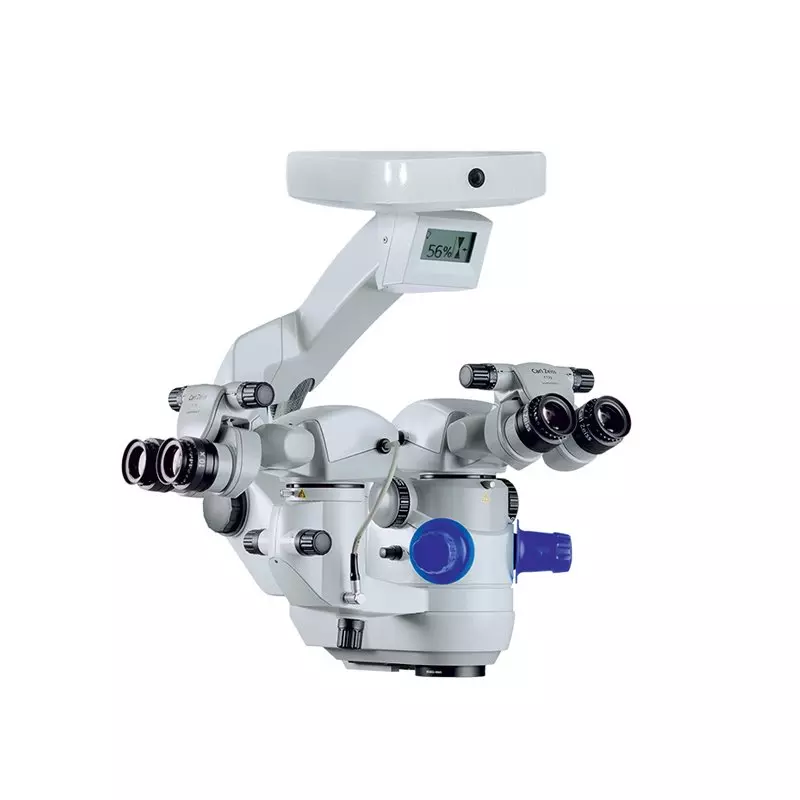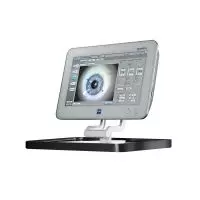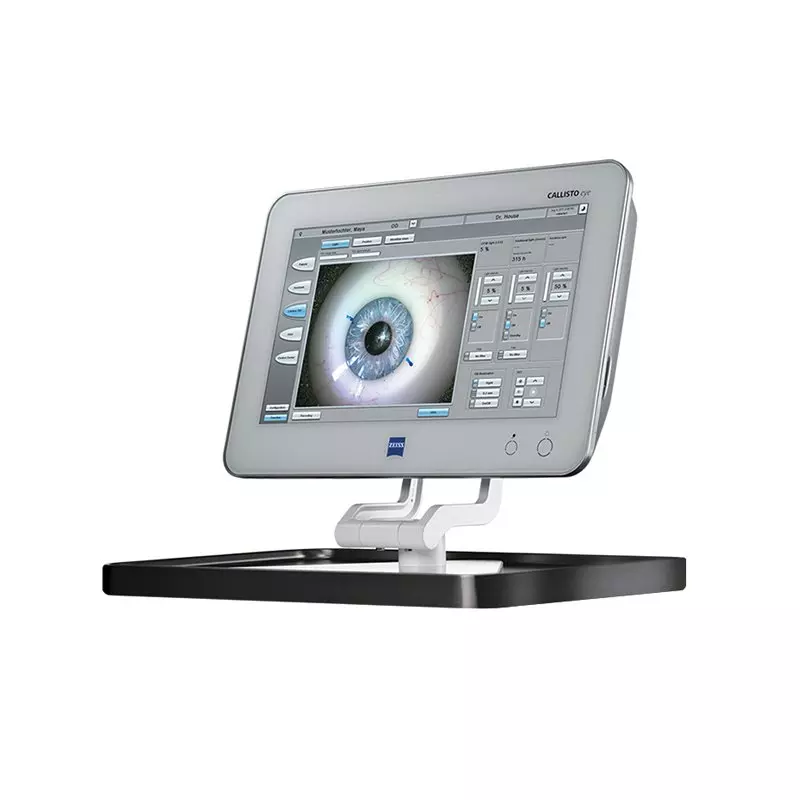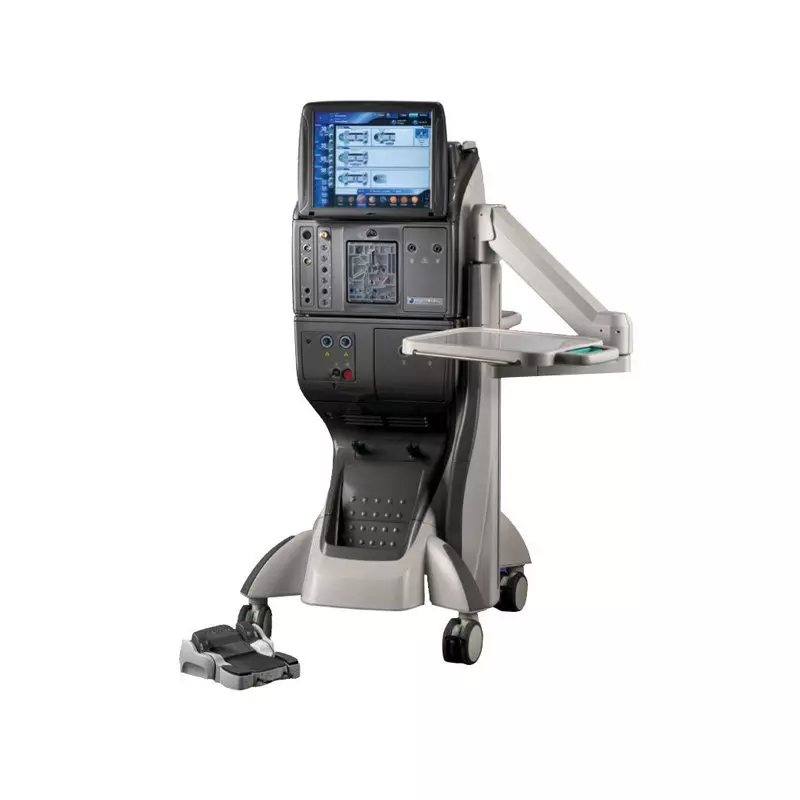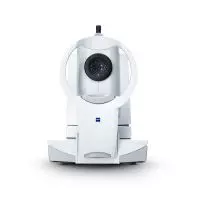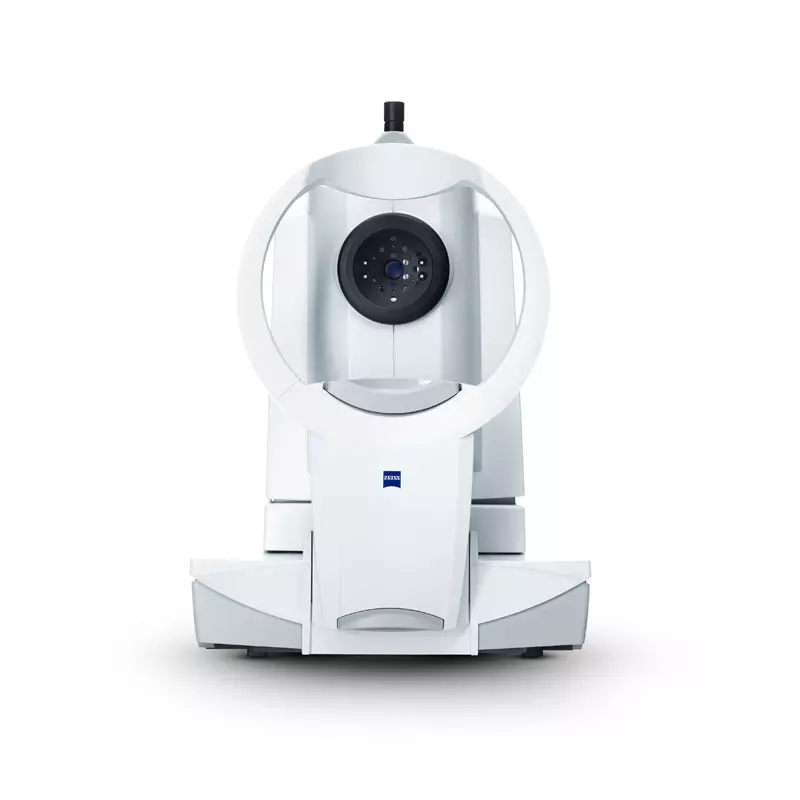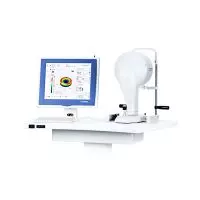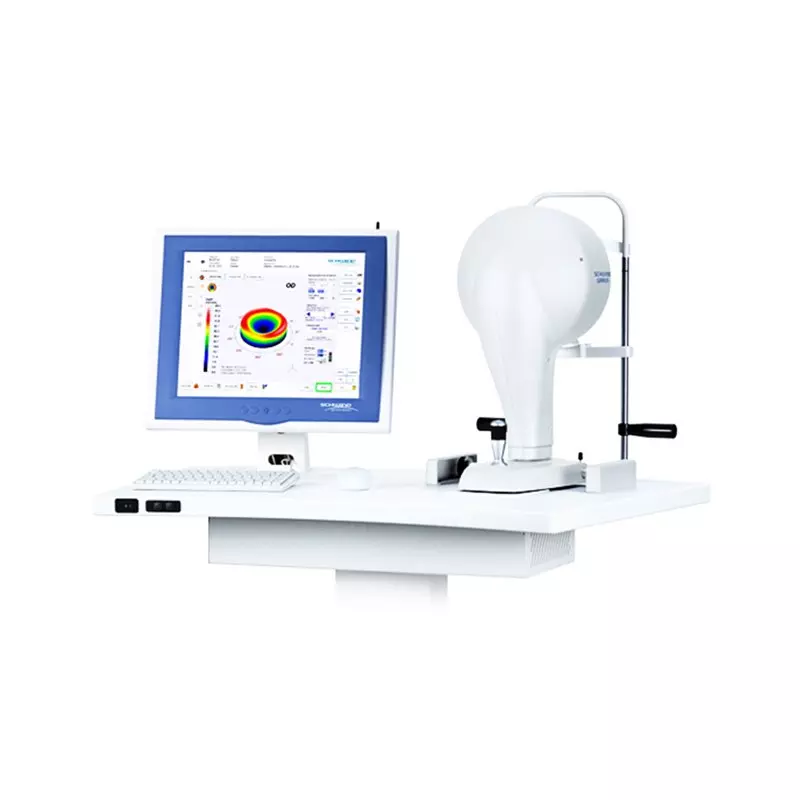Healthy vision

Vision disorders

Cataract
A cataract is an eye disease, where the eye’s lens becomes clouded. This results in a significant degradation of vision.
What’s the problem?
LENS
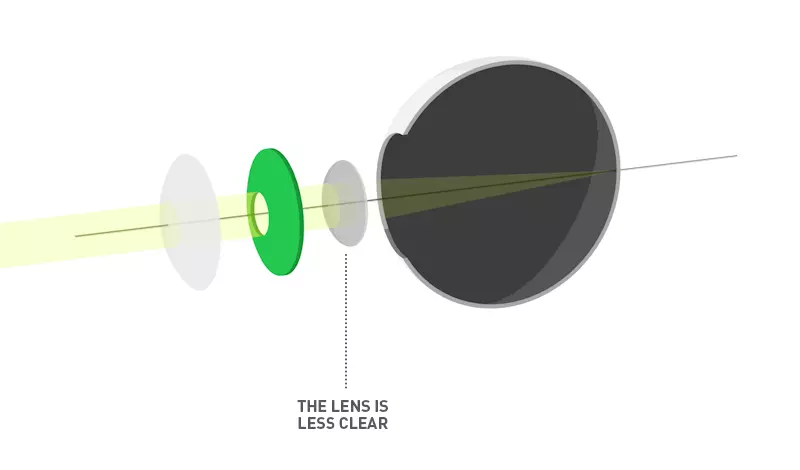

What happens during surgery??
At present, there are no drugs, drops or special eyeglasses which might eliminate the cataract and improve vision. The only option for renewing vision is surgery.
STANDARD CATARACT SURGERY
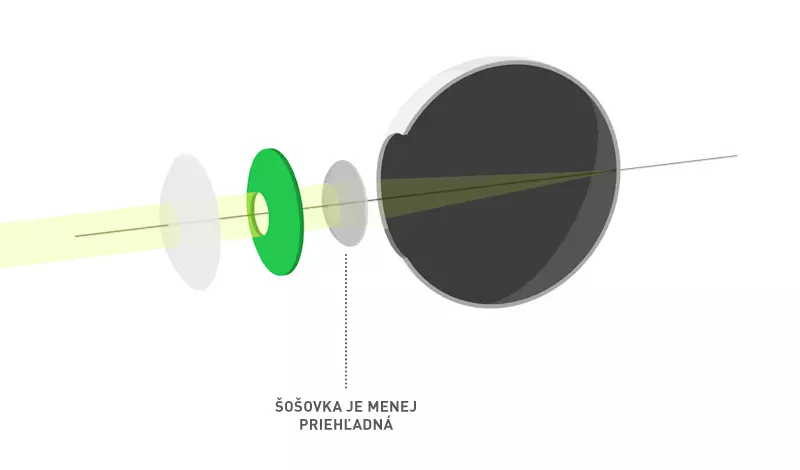
The treatment consists in the replacement of the natural eye lens with an artificial intraocular lens which is made to measure for the patient. The lenses are implanted permanently and are made of the best quality materials which are not subject to changes caused by ageing.
We remove the natural lens using phacoemulsification. This is a technique where a special ultrasound probe is inserted into the eye through a small cut measuring several millimetres, through which we remove the natural lens.
An artificial intraocular lens is inserted into the original pouch, which takes over the function of the natural one, and also corrects any refraction error. The whole surgery takes around 15 minutes.
- The surgery is performed in outpatient form, so you can go home after the operation
- After the operation, the eye can be slightly sensitive and lucifugal for a few days.
- Find out at our clinic about the possibility of implanting intraocular lenses which mean you won’t need to wear glasses after the operation.

CATARACT OPERATION USING A FEMTOSECOND LASER
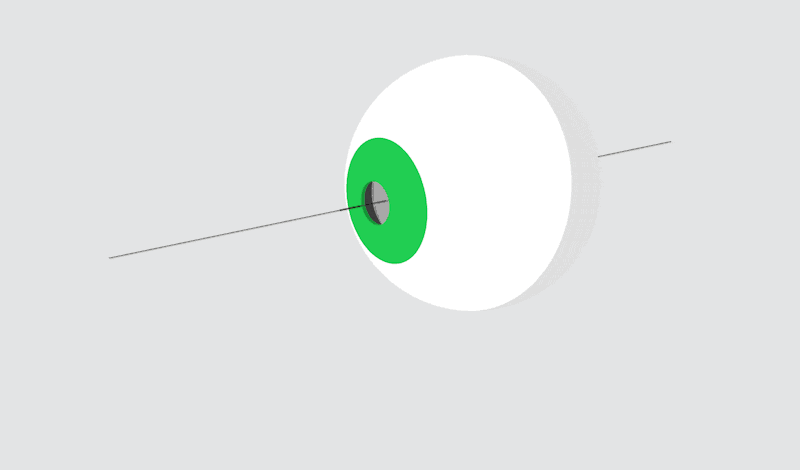
We recommend performing cataract surgery with the assistance of a femtosecond laser.
For this surgery, a special laser is used to ensure the improved precision of the operation. The laser ray “breaks up” the clouded lens and performs three basic micro-surgical cuts, more precisely than the hands of a surgeon.
The use of a femtosecond laser shortens the duration of the operation, compared to standard surgery, and accelerates the healing process; it spares the eye tissue and thus increases the safety of the whole operation.
- The laser performs very precisely and safely a capsulotomy and lens fragmentation.
- By using a femtolaser, the operative wound gains a precise shape, size and position.
- Thanks to the femtolaser, a lower ultrasound energy can be used on the phacoemulsification tool to suck out the clouded lens.

How long does it take for my vision to stabilise?
The majority of patients note an immediate improvement in vision straight after the operation.
The initial recovery period before returning to everyday duties, usually lasts 1 to 2 days. The final effect appears after several weeks
A definitive improvement in vision is only achieved after surgery on both eyes, when the eyes can work together properly.
Our surgery team
Our experienced staff will care for your eyes as if they were their own.
Equipment and instruments
Is surgery right for you?
To help you find your way around, we have prepared a brief overview of surgeries available for different types of refractory disorders or diseases. Find out which type of surgery is best for you.
Price list
| CATARACT SURGERY WITH A MONOFOCAL LENS | VŠZP | DÔVERA | UNION |
|---|---|---|---|
| MONO STANDARD |  |  |  |
| MONO EXTRA | 90 € | 90 € | 90 € |
| MONO FEMTO | 390 € | 390 € | 390 € |
| CATARACT SURGERY WITH BIFOCAL LENS | VŠZP | DÔVERA | UNION |
|---|---|---|---|
| COMFORT EXTRA | 240 € | 240 € | 240 € |
| COMFORT FEMTO | 590 € | 590 € | 590 € |
| CATARACT SURGERY WITH MULTIFOCAL LENS | VŠZP | DÔVERA | UNION |
|---|---|---|---|
| MULTI EXTRA | 490 € | 490 € | 490 € |
| MULTI FEMTO | 890 € | 890 € | 890 € |
 The additional price for the lens as requested by the patient following the consultation with a doctor ranges from 0 do 240 €.
The additional price for the lens as requested by the patient following the consultation with a doctor ranges from 0 do 240 €.To help you find your way around, we have prepared a brief overview of surgeries available for different types of refractory disorders or diseases. Find out which type of surgery is best for you.










